My first encounter to Kabuki was through an entertaining Japanese television program from NHK in English. This Japanese channel brings in the food and culture of Japan. Kabuki is the Japanese theatre of art and dance. Dramas of this interesting theatre captures spirit of Japan, the heritage of Japanese and their ancestors. Kabuki continues to capture the heart of people who are in awe of Japanese culture.
Japanese Art puts stress on intrinsic details. The mood is already set by this unique decorum emanating from the auditorium and the actors. Ladies in kimono, Geishas in exorbitant splendour.
Image is mine
© copyright WriterArtist 2019, All rights reserved



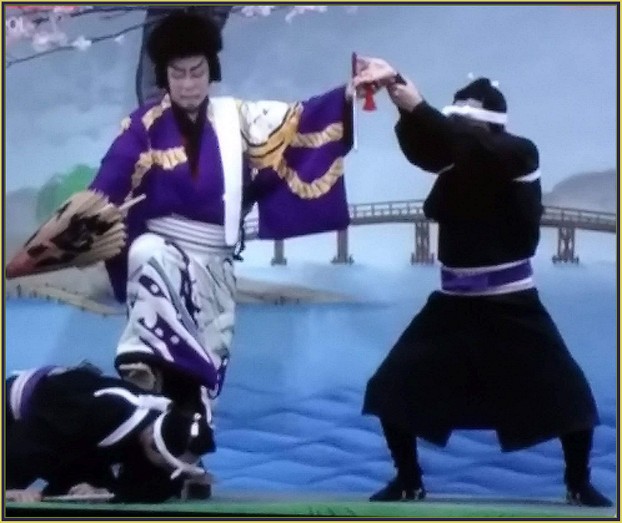



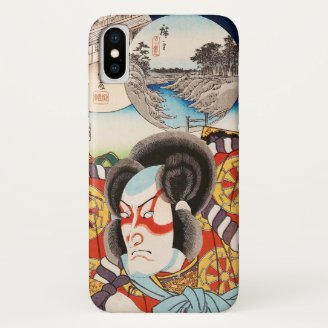












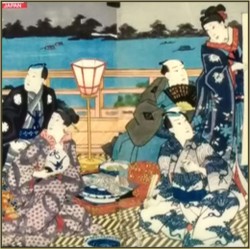

 Harvest Bounty of Fall Fruitson 08/03/2023
Harvest Bounty of Fall Fruitson 08/03/2023
 Is Buddhism older than Hinduism?on 06/13/2023
Is Buddhism older than Hinduism?on 06/13/2023
 Was Tirumala Tirupati Balaji Temple a Buddhist Shrine?on 06/13/2023
Was Tirumala Tirupati Balaji Temple a Buddhist Shrine?on 06/13/2023
 The Great Wave of Kanagawa from Japanese Artist Hokusaion 06/11/2023
The Great Wave of Kanagawa from Japanese Artist Hokusaion 06/11/2023

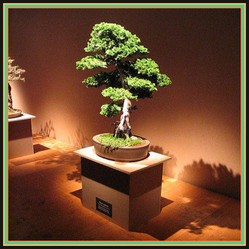
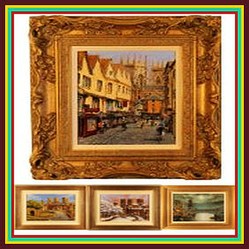
Did you get to see Japanese theatre performance of Kabuki?
Kenneth Branagh arranged his film version of As You Like It with a Japanese setting that began with a Kabuki performance. It counts among my favoritest filmings of a Shakespeare play.
Have you seen it?
@DerdriuMarriner- I would love to visit the Kabuki theater. It is certainly in my wish-list.
@blackspanielgallery - I agree with you completely. I had a chance to visit Indonesia and Thailand. One can see the culture and the beautiful heritage straightaway.
@katiem2 - It is amazing to know that your daughters have studied in Japan. I want to visit Japan, all my knowledge of this country comes through a channel I watch which is about Japan.
Both my daughters attended a World Cultures and Foreign School, they learned much about different cultures, each year focused on one primarily and yet others were covered through out. They studied Japan in their third year, it was very interesting.
It is always nice to see the culture of distant lands. It is the diversity of writers on Wizzley that makes this possible,
WriterArtist, Thank you for the back-stories, front-stories, practicalities and products. Have you seen the Kenneth Branagh film version of As You Like It? The Shakespearean play is set in Japan, where everything starts with a kabuki performance.